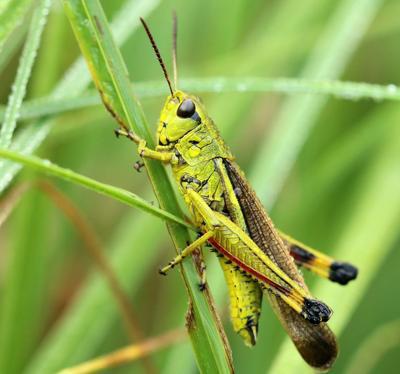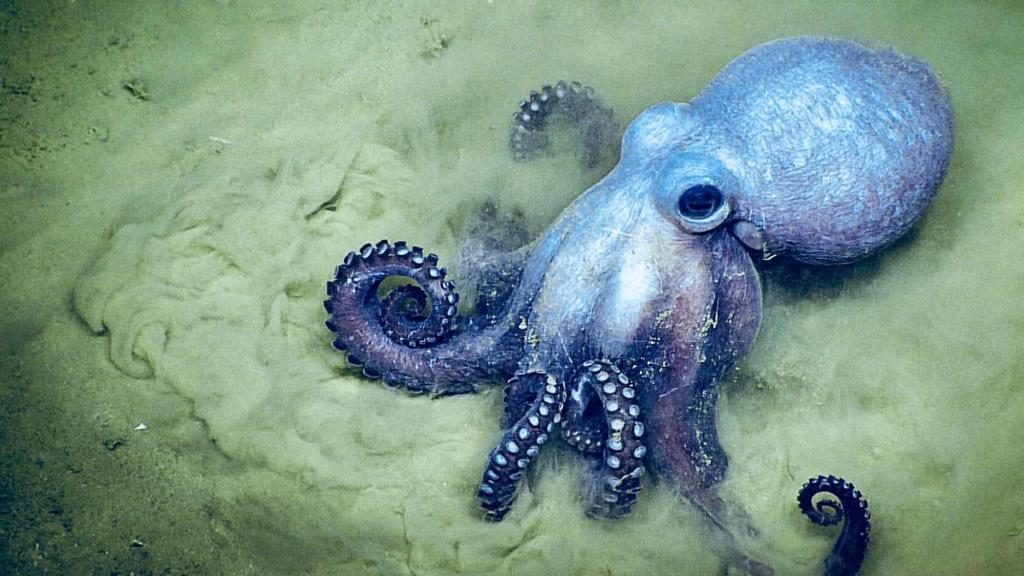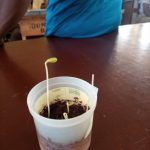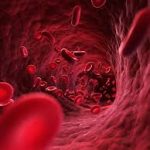6 MIND BLOWING SCIENCE FACTS
Editor’s Note:
This is probably one of the best times to treat yourself with some interesting science facts! As we grapple with the Covid-19 pandemic, let’s also give ourselves the chance to explore explanations to some of nature’s wonders. Here are 6 science facts that you can ponder over while at home.
1. An average human carries 10 times more bacterial cells than human cells

According to research, humans carry more bacteria in the body although most of these are not harmful but very helpful to keep us alive. Bacteria help to get the energy and nutrients from the food we eat. Bacteria in the body also help the immune system to fight against diseases.
2. Grasshoppers have their ears in their abdomen (stomach)

Unlike humans and other common animals, grasshoppers have their ears known as ‘tympanum’, a thin membrane, in their stomach. These ears are protected by their wings. Vibrations of sounds help grasshoppers to communicate and share information.
3. Octopuses have 3 hearts, 9 brains and blue blood

Two of the hearts work to move blood away from the gills while the third heart works by circulating the blood for organs to function. During swimming, the third heart stops functioning as long as the octopus is in the water.In fact, octopuses have a ‘main’ brain for decision making and analysis and it has 8 other brains for ancillary duties. Due to iron-based haemoglobin in the human blood making it red, octopuses have copper-based cyanoglobin. This is responsible for the blue colour of their blood.
4. Water can boil and freeze at the same time

This phenomenon is called ‘triple point’ and it occurs when the temperature and pressure of water are at the right optimum for the three states of water to coexist.
5. Only one letter in the English Alphabets does not appear on the periodic table

This letter is the letter ‘J’
6. Cats always land on their feet to the ground when dropped from a height

This situation is because, cats use their front and back legs separately. While falling, they retract their front legs to cause a body rotation while extending their back legs to cause another separate rotation. These body rotations make it easier and quicker for the animal to have its feet facing the ground before landing.
Compiled by: Saviour Okine






